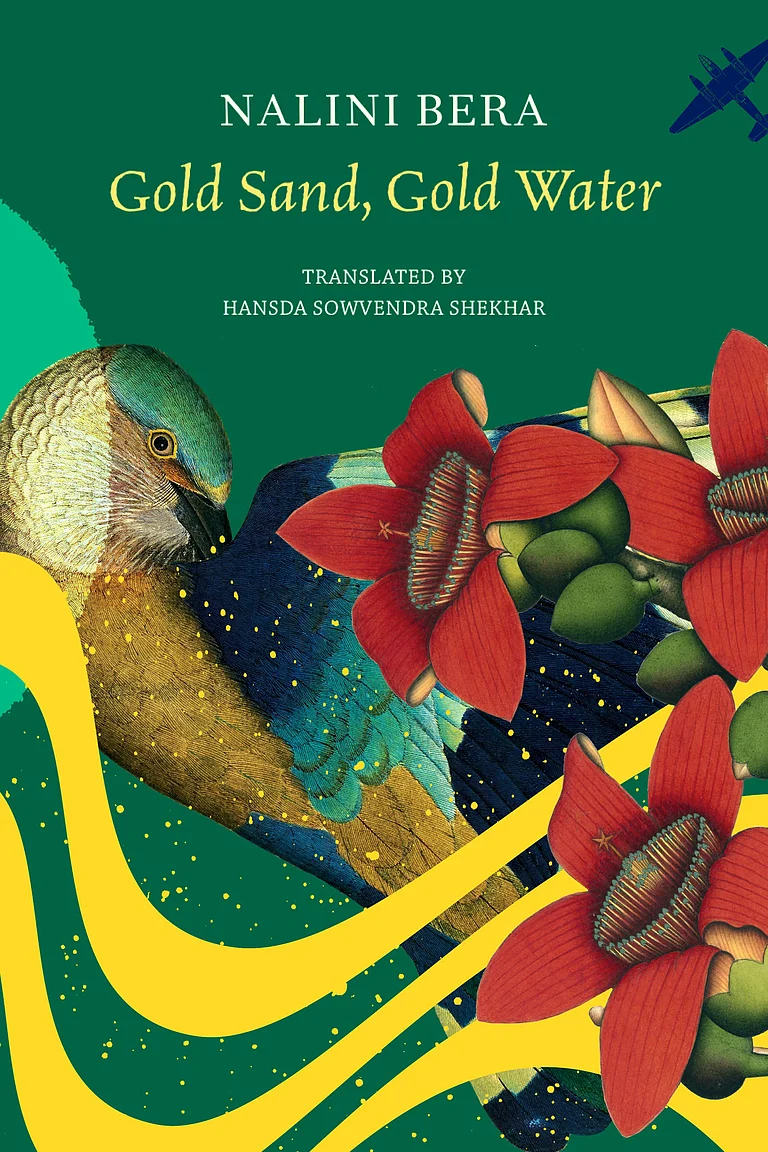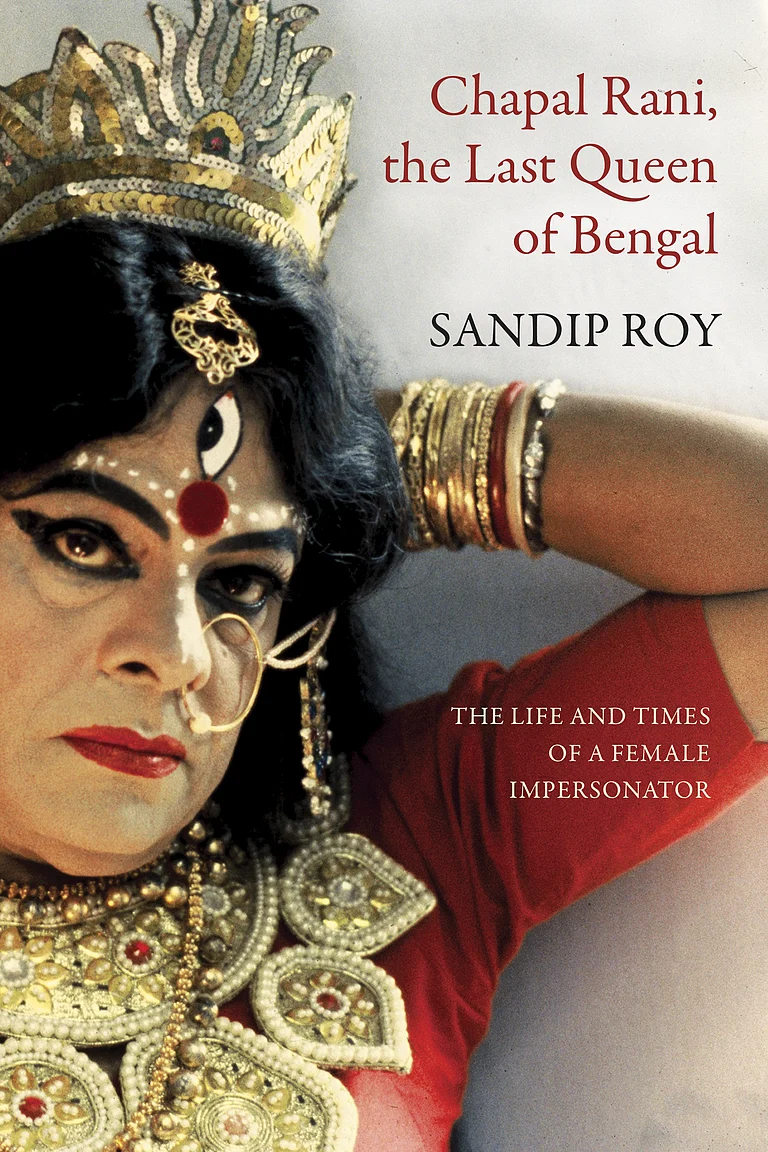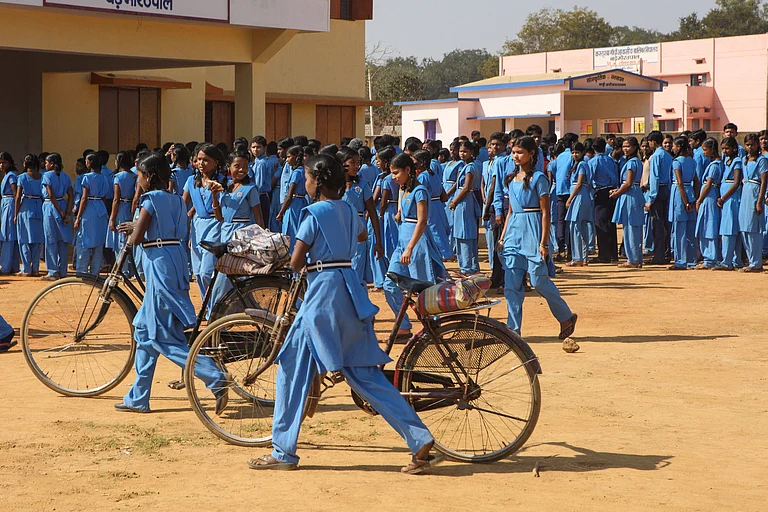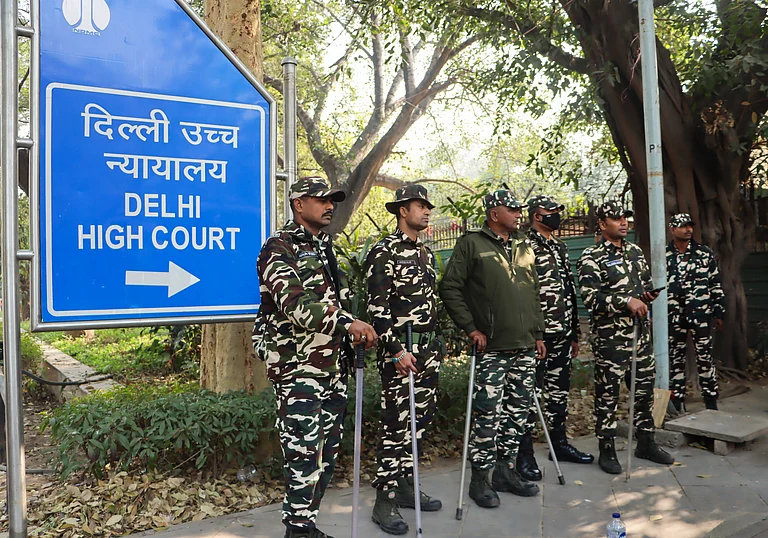In the years that Declan Walsh was in Pakistan, 2004-2013, Pakistan may have used up more than the proverbial nine lives, but Pakistan is sui generis. It’s a failing state that never really fails. Those were perhaps the fascinating years in Pakistan’s recent history, one that would require many Shakespeares to cast. From the rise and fall of Pervez Musharraf, who actually came close to making peace with India, to the assassination of Benazir Bhutto, cut down on the verge of a successful return and the theatrical killing of Osama bin Laden, hiding in plain sight a stone’s throw from Pakistan premier military academy, Pakistan’s story had more twists and turns than a work of pulp fiction.
By 2003, Musharraf had got rid of his rough edges and was riding high. He declared a ceasefire along the Line of Control with India and negotiated a meaningful agreement with then prime minister Atal Behari Vajpayee that saw India-Pakistan ties normalise after a long time. Indeed, he even entered into negotiations with India on Kashmir, but then his presidency imploded.
One of Pakistan’s nine lives certainly was at stake when Pakistan decided to switch sides to the US in the wake of 9/11. Not that it had much choice. Reportedly, the US envoy, Richard Armitage, built like a tank himself, told his Pakistani counterpart bluntly, “Either you are for us, or against us.”
Meanwhile, New Delhi stirred the pot furiously by offering the US air bases to operate from against the Taliban. That US aircraft would have to over-fly Pakistan from Indian bases was quite clear to both Islamabad and New Delhi. In event, Musharraf went with the Americans and then systematically betrayed them. He provided sanctuary to the Taliban, offering the Americans an occasional Al Qaeda leader. For his pains, he got billions of dollars from Uncle Sam. He succeeded in preventing the Amercians from consolidating themselves in Afghanistan, and prevented the emergence of an Afghan polity which would be unfriendly to Pakistan. By the time the US realised his duplicity, it was too late and, in any case, they had gone off chasing fool’s gold in Iraq.
But, as Walsh notes, “the lengthy and inconclusive American intervention in Afghanistan had badly destabilised Pakistan by creating fertile ground for its jehadi groups.” The contradictions caught up with Musharraf when, compelled to act against the Taliban and Al Qaeda in Waziristan, he triggered off a civil war that roiled the Khyber-Pakhtunkhwa province and which intensified after the 2007 Lal Masjid siege and spread to the so-called settled areas of Pakistan. The Pakistan army took heavy casualties from suicide bomb attacks. All this culminated in the chaotic circumstances in which Benazir Bhutto was assassinated in the second attempt made on her life after her return to Pakistan.
The army’s prestige reached a nadir and Musharraf was pushed aside as chief by General Ishfaq Pervez Kiani and eventually ousted as the president of the country as well. That year, 2008, also saw the massive bomb attack on Marriott Hotel in Islamabad that led to the deaths of 54 persons. The turning point came, as Walsh notes, with the massacre at the Army Public School in Peshawar that saw the killing of 149 people, mostly children, in December 2014. The Pakistan Army thereafter began to conduct a serious and relentless campaign against the militants.
Looking back, the Musharraf period was also the one with the most intense India-Pakistan interactions. It began unpropitiously, with Musharraf’s perfidious attack in Kargil to undermine the carefully crafted Nawaz Sharif-Atal Bihari Vajpayee détente. In Agra, Vajpayee failed to convince Musharraf to make a deal. But three years later in January 2004, Musharraf came on board a wide-ranging process that saw a ceasefire on the Line of Control, along with negotiations on Kashmir that came close to making a breakthrough. Cross-LoC trade was initiated and there was optimism that as per the SAARC deadline of 2014, the region would become a free trade area.
The 2004-2007 period became something of an Indo-Pak fest with ordinary folk travelling back and forth quite freely and things beginning to look normal. But then came the Mumbai attack of November 2008 and everything has gone back to the deep freeze since then.
Walsh gives us a pointillist portrait of the nation, its people, its contradictions, its fault lines. If there is a flatwash in the portrait, it is the all-pervasive Inter-Services Intelligence Directorate (ISI), the powerful military intelligence agency. And the frame holding up the portrait is Pakistan’s founder, Mohammed Ali Jinnah, constantly reminding the reader of what Pakistan is, and what it thinks it is.
The author’s pen portraits of individuals are a piece in themselves. They are restrained, empathetic, but never judgmental, despite the over-the-top characters and situations he addresses. There are outsize characters who are living in their own moral framework, like Anwar Kamal Marawat Khan, a rough and tough Pashtun politician and Chaudhry Aslam Khan, a Pakistani version of Dirty Harry in the dystopian environment of Karachi. There is the hubristic Colonel Imam, the ISI man who helped create the Taliban and was eventually kidnapped, tortured and executed by them in Waziristan.
Then we have the “fabulous seniorita” Asma Jehangir, the courageous human rights activist who could stand up to the Pakistan Army like no other person in the country. The hard-headed Salman Taseer, the Punjabi politician who sought to maintain something of an even keel in a ship which was listing dangerously and paid the price and Abdul Rashid Ghazi, the deputy head of the Lal Masjid whose 2007 siege led to what Walsh describes, as a “jehadi firestorm” within Pakistan. And then there was Nawab Akbar Khan Bugti, the Baloch rebel who lived and died by the rules of another era.
Indeed, to add the Shakespearian touch, only one of them survives at the end of the book—five die violently and two die of heart attacks. Walsh is an engaging writer who captures the moment with great felicity, always with an economy of words. He is not so much concerned with providing us a narrative of that turbulent period, even the course of the main characters and events such as Musharraf or the Pakistani civil war. His main concern is in telling us about about Pakistanis, how their society functions and the issues that drive and divide them.
Walsh’s bravery is difficult to ignore in this account. He visited almost every corner of Pakistan and associated with all manner of people—insurgents, jehadis, dissidents. This was in a country where jehadis did not really uphold the sanctity of non-combatants, leave alone journalists. His courageous reporting included trips to Balochistan, contacts with rebels like Bugti that eventually led to his expulsion in 2013. Were he Pakistani, his fate may have been more severe.
As Walsh concluded, “During my nine years in Pakistan I’d written countless stories on sensitive subjects like American drone strikes, nuclear weapons and the inner workings of the ISI. But Balochistan was a small story….” He had clearly miscalculated, as he realised, only in retrospect and after a somewhat dramatic input from a former ISI agent in Europe. Balochistan was “a tender spot in the national psyche”. The persistent rebelliousness of the Baloch contradicted the very notion of Pakistan as the fortress of Islam.

























